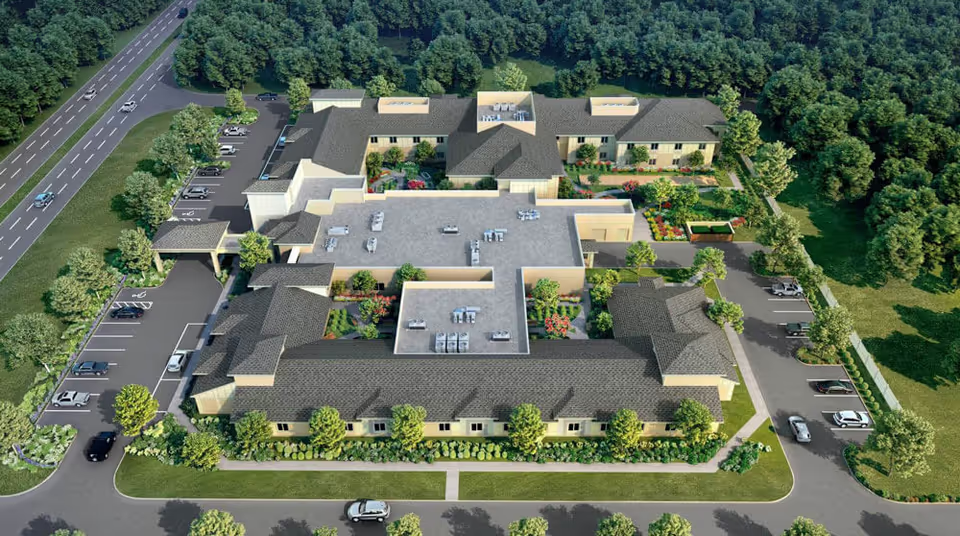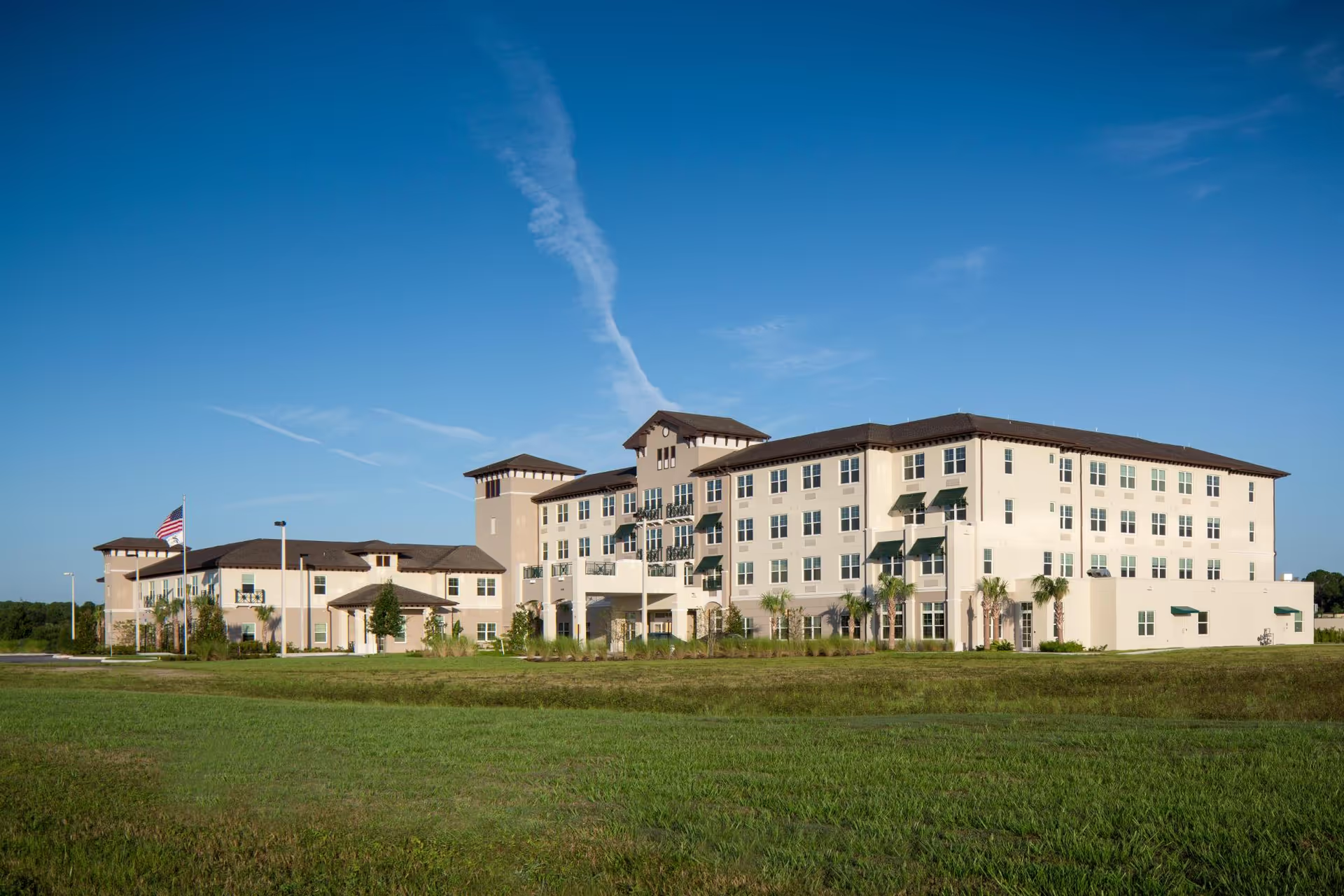Overall sentiment in the reviews is mixed but leans toward largely positive experiences with important and recurring negative issues. Many reviewers praise Silvercrest Health and Rehabilitation Center for its strong rehabilitation services, caring clinical staff, and well-maintained physical environment. Therapy and physical rehabilitation receive particular commendation, with multiple comments that therapy helped residents get back on their feet. Numerous reviewers describe the facility as clean and immaculate—neat halls, floors "like glass," freshly painted areas—and highlight supportive amenities such as an exercise area, haircut services, laundry, nightly snacks, bingo, weekly minister visits, and seasonal/holiday programming that contribute to a home-like atmosphere.
Staff behavior and interpersonal tone are prominent themes with a clear pattern of variability. A substantial number of reviews emphasize compassionate, friendly, and professional nurses, CNAs, therapists, janitorial staff, and administrators who communicate proactively and go above and beyond. Several reviewers explicitly call out staff members (for example, Kim Kellogg) as dedicated and exceptional. At the same time, multiple reviews describe rude, insensitive, or petulant staff — one nurse is named specifically — and other accounts of cold or unwelcoming interactions. This contrast suggests the facility has many strong caregivers but suffers from inconsistent staff conduct across shifts or individuals.
Clinical quality and responsiveness also show a bifurcated picture. On the positive side, many families report excellent clinical care, timely doctor visits, attentive nursing, and strong therapy outcomes. However, there are serious and specific clinical lapses reported that cannot be ignored: medications not being issued, delayed pain medication (including a late fentanyl patch), a wound vac found disconnected causing pain, failure to attend hygiene needs, and incidents culminating in discharge to the ER or ER visits for UTIs. Several reviews recount call buttons ignored for long periods or nurses taking 30+ minutes to respond. These accounts indicate inconsistent adherence to clinical and safety protocols, and that when problems occur they can have severe consequences.
Dining and nutrition are an area of clear divide. Some reviewers praise particular kitchen staff or relief cooks and report tasty pureed meals, while many others complain about poor food quality: overcooked or burnt dishes, dry and flavorless meats, vegetables likened to baby food, and occasional food-safety concerns (a reviewer mentioned a dead bug in food). The Hawaiian cook is singled out as needing replacement by one reviewer, while another notes a relief cook who is very good. This suggests variability between kitchen staff, inconsistency in meal preparation, and room for quality control improvements.
Administration and management earn positive remarks from families who experienced supportive, communicative leadership and accommodating policies (for instance, keeping a couple in the same room). Yet there are also concerns about hiring practices, perceived discrimination, and reliance on reputation in staffing decisions. Financial cost is mentioned as a downside by some families who find the facility expensive or requiring significant out-of-pocket payment. Taken together, management appears effective in many instances but may need to address organizational culture and hiring transparency.
Facility amenities, cleanliness, and activities are broadly strong points: people repeatedly note the pleasant, well-kept environment, seating/room limitations aside. Rooms are generally acceptable but sometimes described as small with limited seating in-room (additional seating available down the hall). Recreational and spiritual activities are available and appreciated by residents and families.
Major patterns and recommendations emerging from these reviews: the strongest, most consistent positives are the rehabilitation services, many committed and caring staff members, and the facility’s cleanliness and amenities. The most critical and recurring negatives are inconsistency — both in staff attitude and in clinical practice — and episodes of neglect or delayed care that in several reviews resulted in emergency care. Management should prioritize standardizing clinical procedures (medication administration, wound/vac monitoring, call-response times), strengthen staff training on empathy and elder-sensitive care, improve kitchen oversight and food-safety controls, and investigate reported hiring or discrimination concerns to ensure equitable and competency-based staffing. Improved shift-to-shift consistency and transparent incident follow-up would help reconcile the widely divergent experiences reported by families and better align the facility’s frequent praise with a reduction in the severe negative incidents documented in the reviews.
In summary, Silvercrest demonstrates many attributes of a high-quality rehab and long-term care facility—excellent therapy, a clean environment, supportive amenities, and many warm, capable caregivers—yet it also displays dangerous inconsistencies in staff responsiveness, clinical practices, and dining quality. Prospective residents and families should weigh the generally strong rehabilitative and environmental features against reports of intermittent neglect and safety lapses, ask specific questions about medication and wound-care protocols, staffing continuity, and food-safety practices, and follow up on how the facility addresses and learns from adverse incidents.







